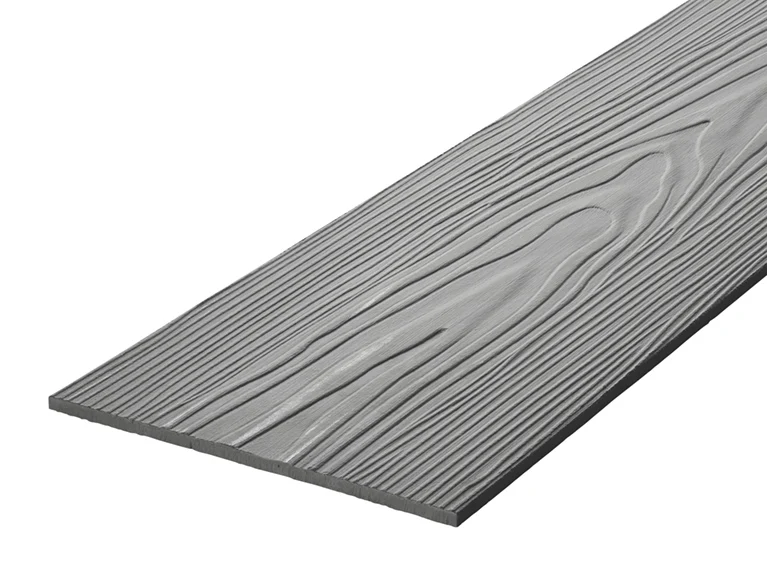The construction industry has witnessed a significant shift toward materials that offer both aesthetic appeal and structural integrity. Fibre cement sheet cladding has emerged as a preferred choice among architects and builders, combining the durability of cement with the flexibility of cellulose fibers. This composite material delivers exceptional weather resistance while maintaining dimensional stability across varying climatic conditions. Modern construction projects increasingly demand materials that can withstand harsh environmental factors without compromising on visual appeal or structural performance.
Pre-Installation Assessment and Site Preparation
Getting the installation right starts long before the first sheet touches the wall. The substrate condition determines whether your cladding system will perform for decades or start showing problems within a few years. Moisture content readings of the structural frame need to stay below 19% before any installation begins. I’ve seen too many projects where contractors rushed this step, only to deal with expansion issues later when the timber dried out.
Wall straightness becomes critical when you’re dealing with large format sheets. A deviation of more than 6mm over a 3-meter span will create visible waves in the finished surface. Use a string line and check every stud position. The building wrap installation requires particular attention to overlap details – minimum 150mm horizontal overlaps and 100mm vertical overlaps, with all joints sealed using appropriate tapes.
Cutting and Handling Techniques
The silica dust generated during cutting presents real health risks that demand proper respiratory protection. Wet cutting methods using diamond-tipped blades significantly reduce airborne particles while delivering cleaner cut edges. Score-and-snap techniques work well for straight cuts up to 6mm thickness, but anything thicker needs mechanical cutting to prevent stress fractures.
Temperature affects material behavior more than most installers realize. Fibre cement sheets expand approximately 0.1mm per meter for every 10°C temperature increase. During hot weather installation, sheets cut to exact measurements in air-conditioned storage will expand once exposed to site conditions. Allow for this thermal movement by cutting sheets 2-3mm undersized during summer installations.
Fastening Systems and Structural Attachment
The fastening schedule directly impacts long-term performance. Stainless steel screws rated for exterior exposure provide the most reliable attachment, but the specific grade matters. Type 316 stainless steel offers superior corrosion resistance in coastal environments compared to the more common Type 304 grade. Fastener penetration into the substrate needs to reach minimum 25mm for adequate holding power.
Pre-drilling prevents edge splitting and allows for thermal movement. Drill holes 1mm larger than the fastener diameter to accommodate expansion and contraction cycles. Fastener spacing follows a specific pattern – maximum 600mm centers along sheet edges and 800mm centers in the field. Corner details require additional fasteners within 50mm of each corner to prevent wind uplift.
Joint Sealing and Weather Protection
The joint design philosophy centers on the pressure equalization principle. Rather than attempting to create completely sealed joints, the system allows controlled air movement while preventing water penetration. Primary sealing occurs at the building wrap level, with the cladding joints serving as the first line of defense against bulk water intrusion.
Structural sealants used in joint applications must accommodate the thermal movement calculated for your specific climate zone. A joint width of 6mm minimum allows for adequate sealant depth while providing space for thermal expansion. The backing rod selection affects sealant performance – closed-cell foam backing rods prevent three-sided adhesion that can cause sealant failure during building movement.
Quality Control and Performance Monitoring
Installation quality verification happens through systematic checking during the application process. Fastener depth consistency prevents over-driving that can crack the sheet surface or under-driving that compromises holding power. A properly set fastener sits flush with the sheet surface without creating dimples or raised areas.
Water testing should occur before final acceptance, particularly around penetrations and complex details. Low-pressure spray testing reveals potential water entry points while they’re still accessible for correction. The performance expectation for properly installed fibre cement cladding includes 50-year design life with minimal maintenance requirements, making thorough installation practices a worthwhile investment in long-term building performance.















